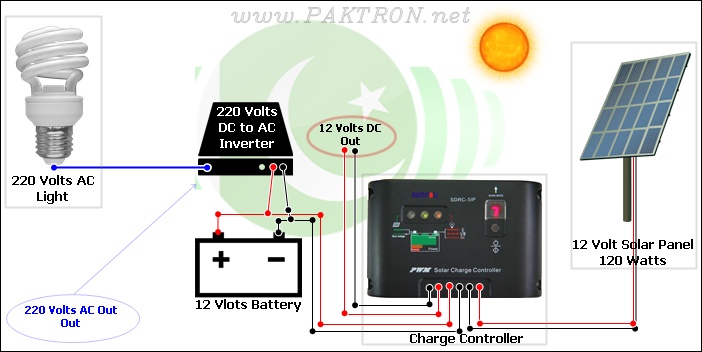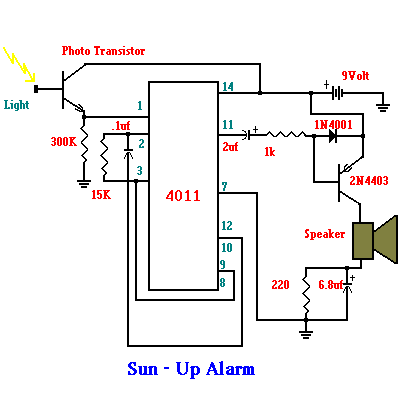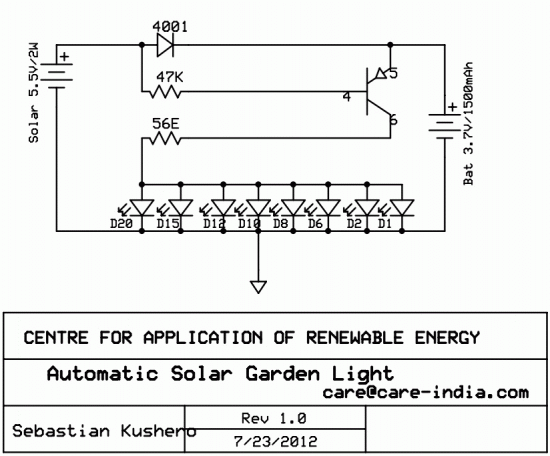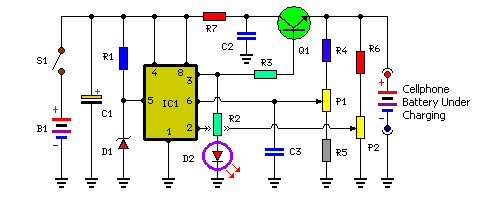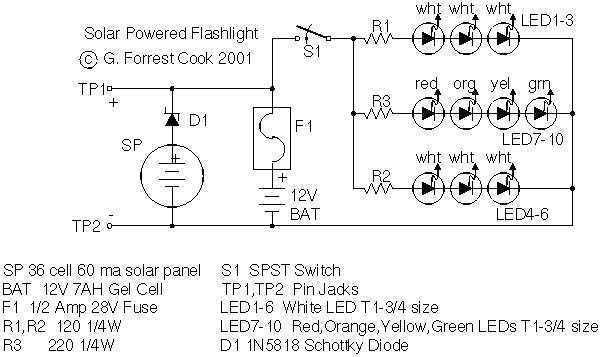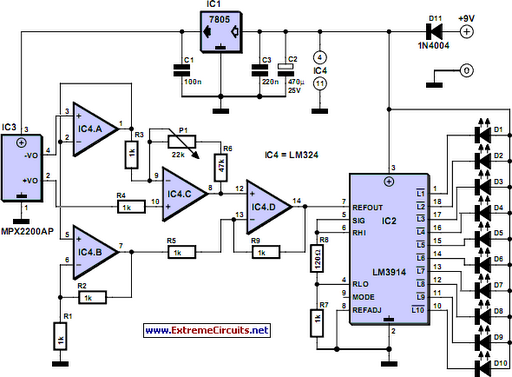
Solar Cell Properties
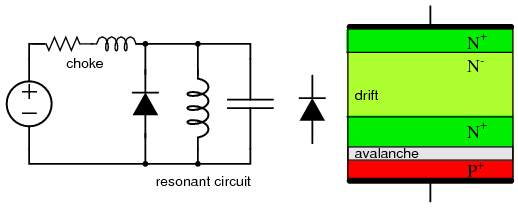
Solar cell type Maximum efficiency Practical efficiency Notes Selenium, polycrystalline 0.7% - 1883, Charles Fritts Silicon, single crystal - 4% 1950's.
Solar cells, also known as photovoltaic cells, convert sunlight directly into electricity through the photovoltaic effect. The efficiency of a solar cell is a crucial parameter that indicates the percentage of solar energy converted into usable electrical energy. The maximum efficiency represents the theoretical limit, while practical efficiency reflects real-world performance.
Historically, the first solar cell was developed by Charles Fritts in 1883 using selenium, which achieved a maximum efficiency of 0.7%. This early technology laid the groundwork for future advancements in solar energy. In the 1950s, the development of silicon-based solar cells marked a significant milestone in photovoltaic technology. Single-crystal silicon cells reached a practical efficiency of around 4%, showcasing the potential for solar energy applications.
The evolution of solar cell technology continues, with ongoing research aimed at improving efficiency and reducing costs. Current advancements include the development of multi-junction cells, which stack multiple layers of photovoltaic materials to capture a broader spectrum of sunlight, thereby increasing efficiency beyond traditional limits. Additionally, innovations in materials science, such as thin-film technologies and organic photovoltaics, are expanding the range of applications for solar energy systems.
Understanding the historical context and efficiency metrics of different solar cell types is essential for engineers and researchers working in the field of renewable energy. This knowledge informs the design and optimization of solar energy systems, contributing to the transition towards sustainable energy sources.Solar cell type Maximum efficiency Practical efficiency Notes Selenium, polycrystalline 0.7% - 1883, Charles Fritts Silicon, single crystal - 4% 1950`s.. 🔗 External reference
Solar cells, also known as photovoltaic cells, convert sunlight directly into electricity through the photovoltaic effect. The efficiency of a solar cell is a crucial parameter that indicates the percentage of solar energy converted into usable electrical energy. The maximum efficiency represents the theoretical limit, while practical efficiency reflects real-world performance.
Historically, the first solar cell was developed by Charles Fritts in 1883 using selenium, which achieved a maximum efficiency of 0.7%. This early technology laid the groundwork for future advancements in solar energy. In the 1950s, the development of silicon-based solar cells marked a significant milestone in photovoltaic technology. Single-crystal silicon cells reached a practical efficiency of around 4%, showcasing the potential for solar energy applications.
The evolution of solar cell technology continues, with ongoing research aimed at improving efficiency and reducing costs. Current advancements include the development of multi-junction cells, which stack multiple layers of photovoltaic materials to capture a broader spectrum of sunlight, thereby increasing efficiency beyond traditional limits. Additionally, innovations in materials science, such as thin-film technologies and organic photovoltaics, are expanding the range of applications for solar energy systems.
Understanding the historical context and efficiency metrics of different solar cell types is essential for engineers and researchers working in the field of renewable energy. This knowledge informs the design and optimization of solar energy systems, contributing to the transition towards sustainable energy sources.Solar cell type Maximum efficiency Practical efficiency Notes Selenium, polycrystalline 0.7% - 1883, Charles Fritts Silicon, single crystal - 4% 1950`s.. 🔗 External reference
